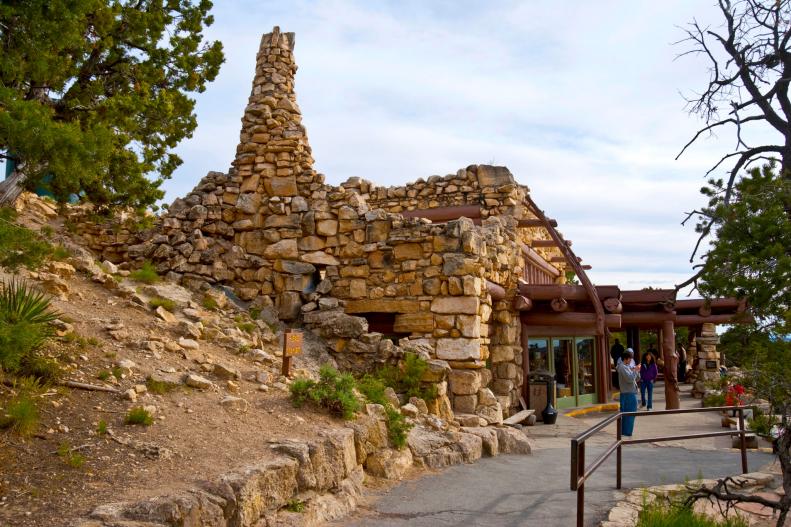1 / 9
Ahwahnee Hotel, Yosemite National Park
Architect Gilbert Stanley Underwood knew that there was no competing with the splendor of the natural surroundings when he set out to design Yosemite’s Ahwahnee Lodge. Completed in 1927, the foreboding structure sits beneath Royal Arch and boasts numerous staggered balconies and spacious windows that provide sweeping views of Half Dome, Glacier Point and Yosemite Falls. The green roofs and rustic stone columns complement the setting rather than distract from it.
Try This at Home: Install larger windows to bring the outside in.









